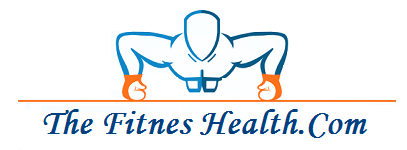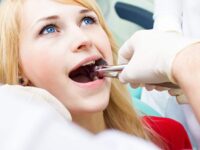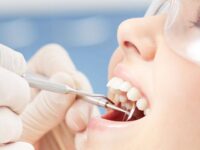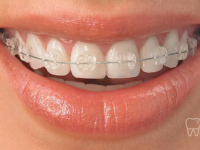What is Noonan syndrome and Causes of Noonan syndrome?
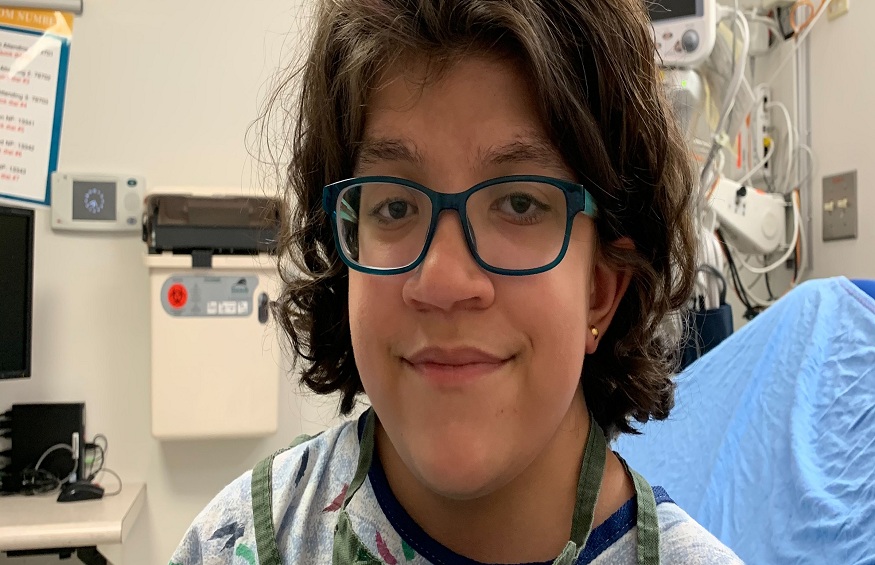
Noonan syndrome is a disease that is due to the mutation of a single gene and causes multiple developmental disorders, such as short stature and facial dysmorphia, and heart problems.
Noonan syndrome is a genetic disease passed from parents to children or appears by a mutation previously unknown in the family (de novo). People who suffer from it can have various problems:
- Short stature
- Heart disorders
- Specific characteristic alterations of the face
- Skeletal alterations (especially in the thorax, spine, and arms)
It is estimated that this disease occurs in 1,000-2,500 live newborns, so it is not that rare. As it is a syndrome that can have diverse manifestations, sometimes in the lower limits of normality, and with a very diverse range of severity, not all individuals are diagnosed. Therefore, they can pass the syndrome on to their children without even being aware of it.
Noonan syndrome can be associated with various health problems, even severe ones, such as associated heart diseases. Even so, today, with an early diagnosis and adequate care, affected people can have a much better quality of life than if the precise diagnosis and follow-up is not carried out. In addition, there are patient and family associations that can serve as support and guidance in the multidisciplinary needs of affected people.
Causes of Noonan syndrome
Noonan syndrome is a disease that is usually transmitted from parents to children, i.e., it is a hereditary disease. However, there are some cases in which it appears suddenly in a child without being inherited from either parent.
Noonan syndrome is a monogenic disease with autosomal dominant inheritance and highly variable expressiveness and genetic heterogeneity. That it is monogenic means that only one gene is the one that is altered. Genetic heterogeneity implies that it is not always the same gene that is mutated. In most cases, it is the PtPN11 gene, although it can also be produced by the mutation of other genes, such as RAF1, SOS1, and KRAS.
Autosomal dominant inheritance means that a mutated gene has a 50% chance of transmitting the mutated gene to its offspring. One of the parents has to provide the defective gene for the child to suffer from the syndrome. These hereditary cases are usually due mainly to the mutated maternal gene in up to three out of four points. They represent between 30 and 75% of the cases. De novo cases are due to the appearance of the mutation spontaneously; in these cases, the mutated allele is usually of paternal origin.
Finally, what produces the mutation of the affected gene is an alteration in a protein that intervenes in the cellular processes that participate in cell growth, differentiation, migration, and apoptosis (programmed death). The expressiveness is variable means that there are different degrees of affectation and that not all patients with Noonan syndrome have the same symptoms.
Symptoms of Noonan syndrome
The most characteristic manifestations of Noonan syndrome are short stature, heart problems, and alterations of the face (facial dysmorphia) and skeleton. Other typical symptoms can be problems with the development of the lymphatic system, impaired blood clotting, psychomotor or mental retardation, and eye disorders. In males, there may be cryptorchidism.
As for short stature, it is not usually manifested at birth. In growth, the child usually has a height in low percentiles within normality. In adolescence, the growth problem becomes more evident, although it can continue until the age of 20 due to delayed puberty.
Adults usually reach sizes in the lowest percentiles of average (about 160 cm for men and 152 cm for women). In addition, it is generally associated with alterations of the skeleton, especially of the thorax. There may also be scoliosis of the spine and alteration of the arms or hands.
People with Noonan syndrome may have one or more suggestive of typical changes, such as wide-based or downward-sloping eyes, with drooping eyelids. The ears may be abnormally shaped or lower than normal. The neck usually is short and wide. With age, features can soften and become less apparent in adulthood.
Heart problems occur in 50-80% of cases. The most typical heart disease in Noonan syndrome is pulmonary valve stenosis with valvular dysplasia. Another common problem is hypertrophic cardiomyopathy. Other possible cardiac abnormalities include septal defects, pulmonary artery stenosis, tetralogy of Fallot, and coarctation of the aorta.
Other health problems that people with Noonan syndrome may have are:
- Psychomotor retardation in up to 15-35% of cases, although it is usually mild. There are traditionally no behavior problems, although there may be self-esteem problems or depression.
- Blood clotting, with a greater tendency to bleed.
- Alterations in the development of the lymphatic system.
- Ocular abnormalities ( strabismus, myopia, hyperopia, amblyopia, nystagmus ) and hearing (mainly due to recurrent otitis media).
- Alterations of the genitourinary system: especially cryptorchidism in males and delayed puberty. Male adults can have fertility problems.
- Skin abnormalities such as keratosis pilaris on the arms, nevus, or café-au-lait spots.
- Varied problems such as Chiari type I malformation, hypothyroidism, or a higher frequency of autoimmune issues.
